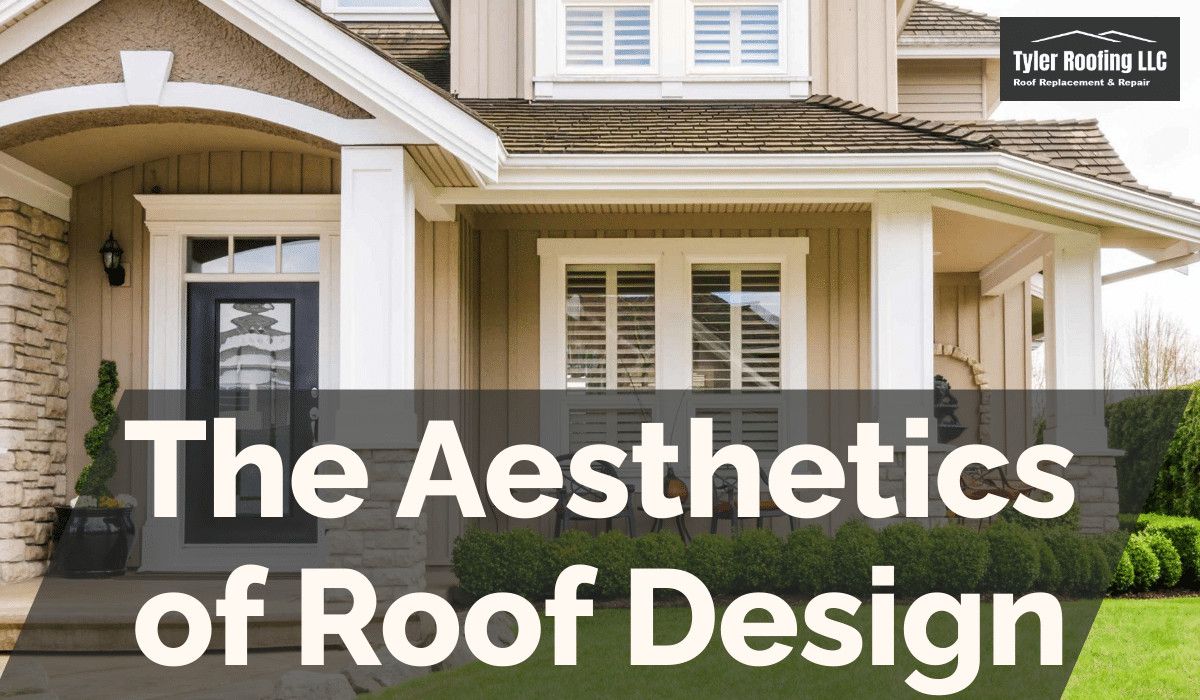The aesthetics of roof design can carry significant weight in defining the overall charm of a building. Whatever architectural style might be chosen, it invariably sets a tone and character for the entire structure. Focusing on roof design allows for a creative expression that can stand the test of time and leave a profound imprint on the surrounding landscape.
The Impact of Roof Aesthetics
Roof designs contribute significantly to a property’s curb appeal. They can also reflect the overall theme of a building’s architectural design. To the untrained eye, a roof may simply appear functional, but to architects and designers, it is an integral part of a structure’s identity and appeal.
Popular Roof Design Styles
There are various roof design styles, each with unique aesthetics. Of these are Mansard, Saltbox, A-Frame, Flat, and Hip roofs.
- Mansard roofs are characterized by their four sloping sides, each of which becomes steeper halfway down.
- Saltbox roofs are asymmetrical in design with one side being more elongated than the other.
- A-Frame roofs are shaped like the letter ‘A’ and typically cover the entire building.
- Flat roofs, as the name suggests, are flat with no slopes.
- Hip roofs have slopes on all four sides, which come together at the top to form a ridge.
Choosing the Right Roof Design
When choosing the right roof design, several factors need to be considered–these include local climate, surrounding landscape, building structure, budget, and personal aesthetics.
How Does Climate Influence Roof Design?
The local climate plays a key role in roof design. For example, sloped roofs are usually preferred in regions with heavy rainfall or snowfall because they allow for easy drainage. Similarly, flat roofs are commonly found in dry regions because they offer additional living or garden space.
The Role of Architecture and Personal Aesthetic
Just as importantly, the architectural style of the building and personal aesthetic dictates the style of the roof. Therefore, understanding one’s preferences and how these align with the building’s architecture is crucial in selecting the appropriate roof.
FAQs
-
Do I have to follow regional roofing traditions when designing a roof?
Not necessarily. While it can be beneficial to adhere to local traditions for practical reasons, such as weather conditions or available materials, personal preference and aesthetics also matter. -
Can I change my roof’s design later?
Yes, it’s possible with a roof redesign. However, it’s expensive and often requires significant structural changes to the building. It’s generally better to plan the design well from the start.
Conclusion
While often overlooked, the roof is a critical component of a building’s structure. It not only provides shelter and protection from the elements but also significantly contributes to the aesthetic appeal of the building. Understanding the aesthetics of roof design enables us to appreciate the subtleties of architecture, ultimately leading to more carefully considered and aesthetically pleasing buildings.

